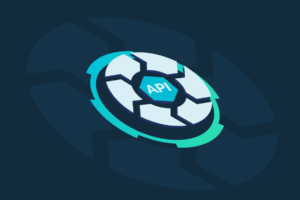Cequence named a Leader in the 2025 KuppingerCole Leadership Compass for API Security and Management!
- Why Cequence
- Products
-
-
- API SecurityDiscover, test, and secure your API endpoints
- Bot ManagementProtect applications and APIs from automated attacks and fraud
- Unified Application Protection PlatformApplication, AI, and API discovery, compliance, and protection
- API Attack Surface DiscoveryInternet-facing API host and infrastructure discovery
-
-
- Services
- Solutions
-
- Resources
- Partners
- Company
